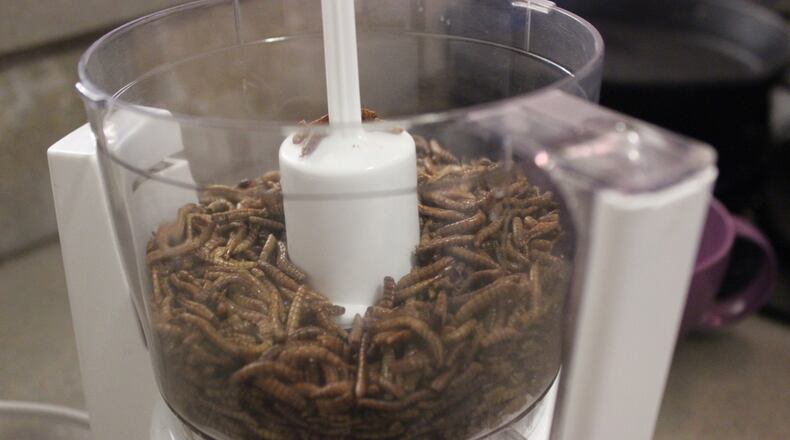While it might leave some diners feeling squeamish, a new study suggests certain bugs are packed with nutrition.
Insects have been studied as a potential food source for years. In 2013, the Food and Agriculture Organization of the United Nations released a report that identified more than 1,900 edible insect species. As the world's population grows, scientists are on the hunt for sustainable food sources that could serve as a nutritionally sound alternative to more traditional food sources, such as meat and seafood, according to the Health report.
Researchers from Kings College London and Ningbo University in China published a study last week in the Journal of Agriculture and Food Chemistry which examined the nutrition content of a variety of insects, beyond just protein. A lab model was used to mimic human digestion. The researchers were particularly interested in iron levels. Crickets offered the highest iron level of the insects tested.
In addition, when compared to sirloin steak, grasshoppers, crickets and mealworms had higher concentrations of chemically available calcium, copper, zinc and magnesium. Researchers concluded, “Commonly consumed insect species could be excellent sources of bioavailable iron and could provide the platform for an alternative strategy for increased mineral intake in the diet of humans.”
About the Author
Keep Reading
The Latest
Featured


